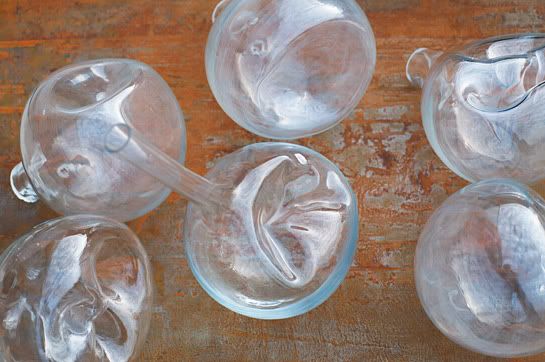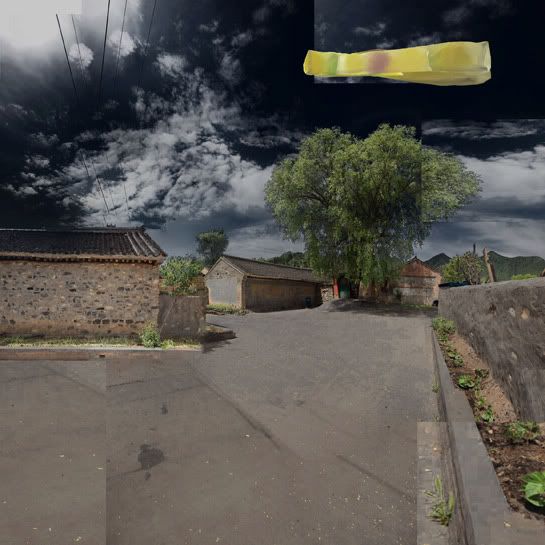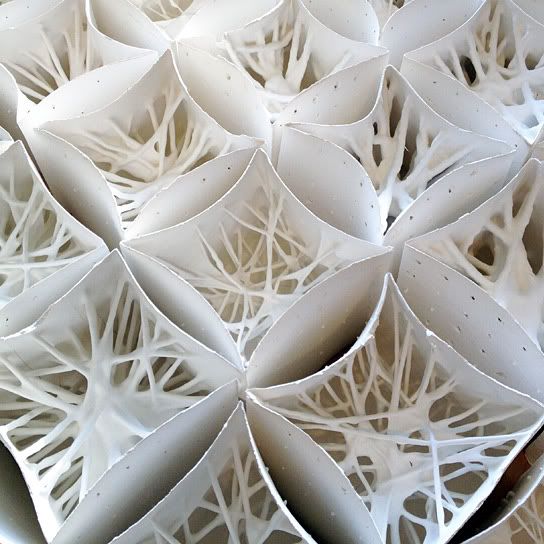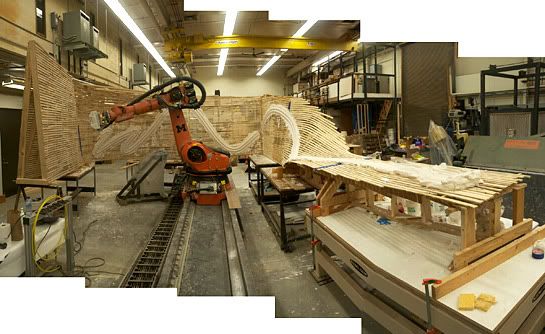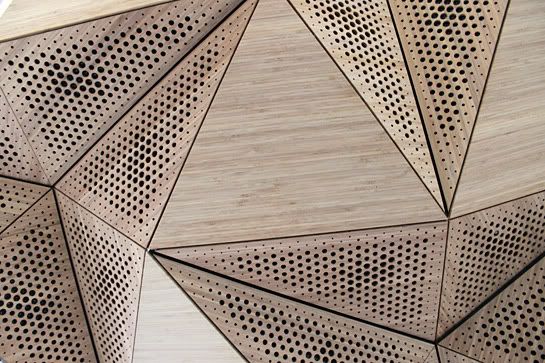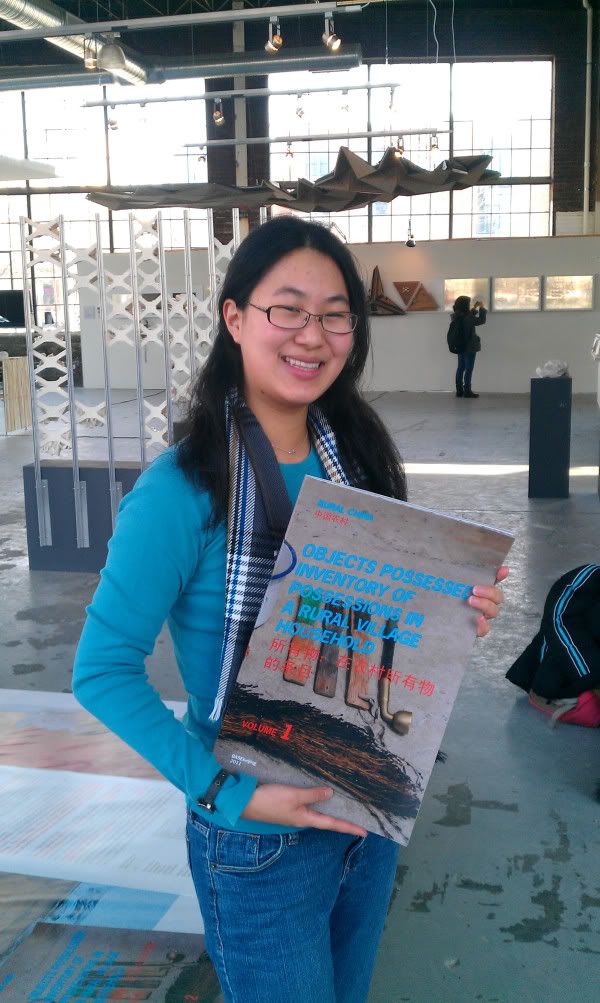Florencia Pita


If you’ve passed by the UMMA in the past month, you’ve probably noticed an incredibly curious landscape looking out at you from the windowed, first floor gallery. Bright reds, spinning blues, swirling shapes and swirling constructions fill the space, drawing the eye in, maintaing mysterious and fantasy no matter how long the viewer looks. Florencia Pita’s designs are all about organic exaggerations and whimsical, barely recognizable figures. The Argentine-born artist is trained as an architect but works with furniture, jewelry, graphic design, sculpture, and more. Many of her foliage-like configurations are inspired by the feminine form. Yet these representations are complex: both her large scale architecture installations and her minute scrupulous jewelry designs often represen the same, flowery forms. In this way, her work confounds scales and draws the viewer in infinitely.
In an interview with UMMA Academic Coordinator David Choberka, I learned more about Florencia Pita’s inspirations and styles:
“She makes these cool, whimsical, conceptual, digital designs that are really interesting because of how she plays with scale—her flowery, colorful treelike structures could be anything from buildings to vases, furniture, jewelry or tableware. She makes these large-scale wall hanging appliqués based on children’s stories—one is inspired by Alice in Wonderland. The exhibition features a couple of her installation pieces, as well as models and digital representations of her work. She is developed an original piece for this exhibition, which is exciting. She has won a ton of awards and been featured in exhibitions all over the world. Her work really blurs the boundaries between visual art, architecture, and design, and is definitely worth checking out.”
Click here for more about Florencia Pita and her studio FP/Mod. To read about the exhibit, look at UMMA’s website. The exhibit is open during museum hours until the middle of June.



